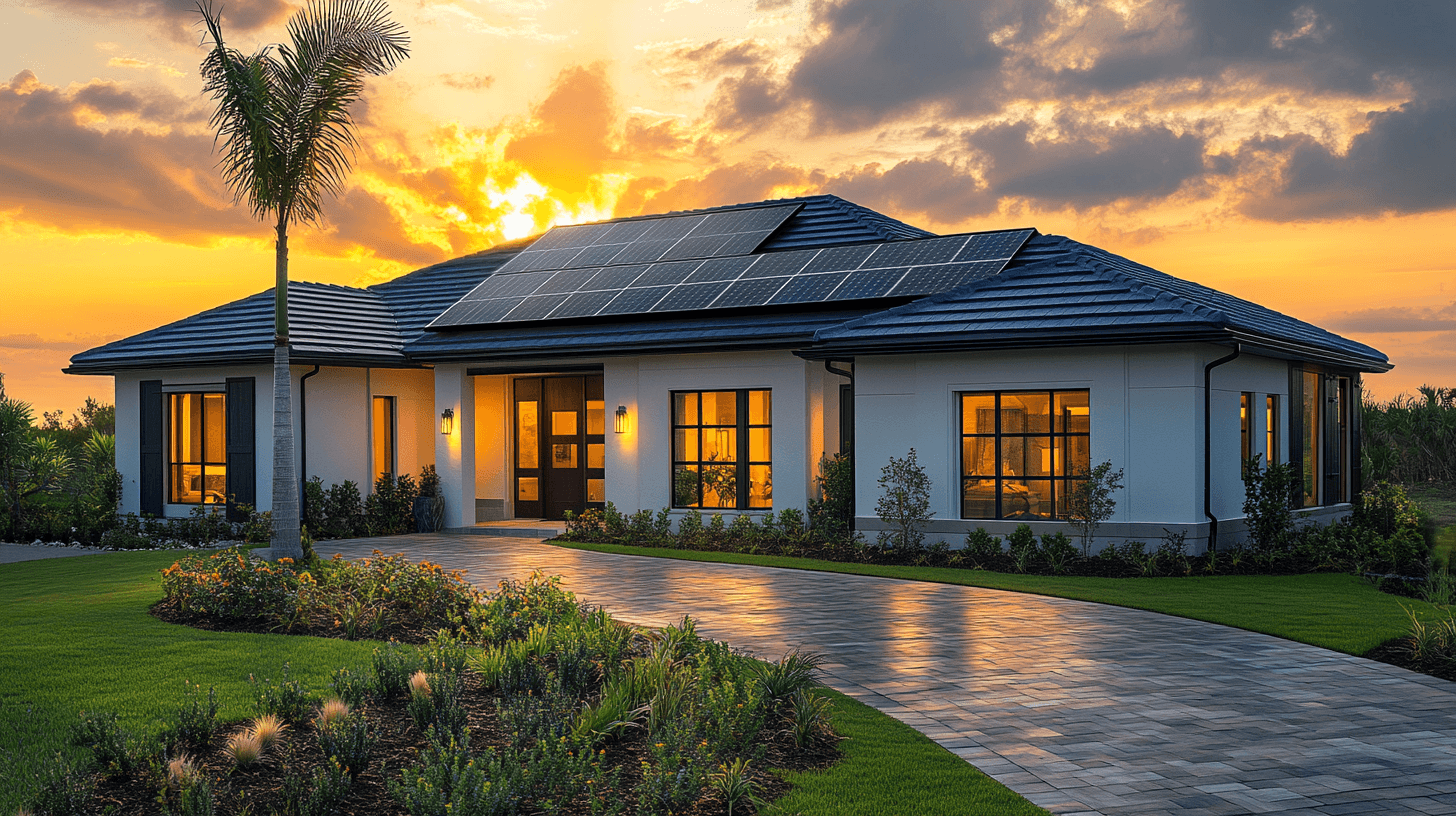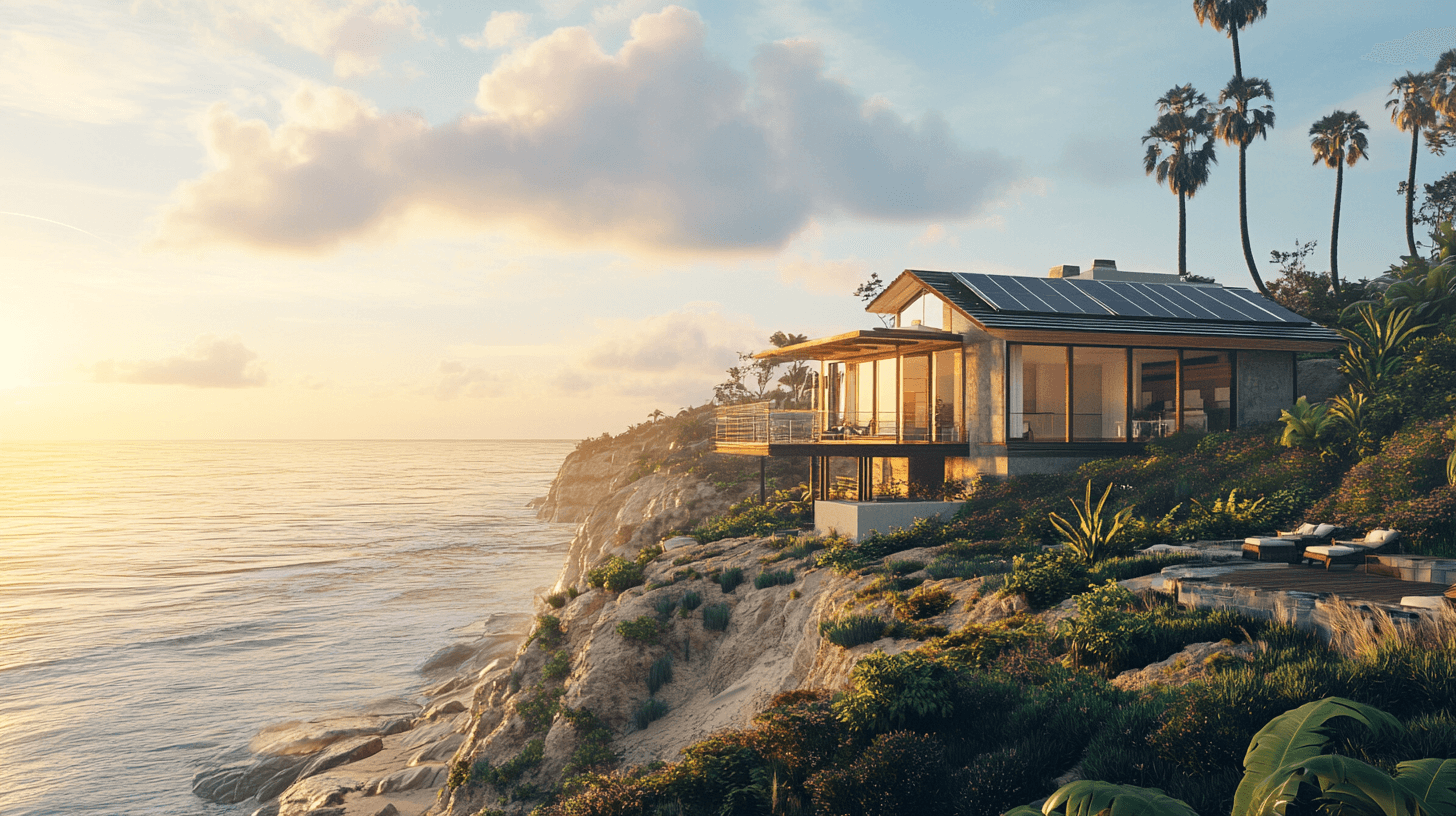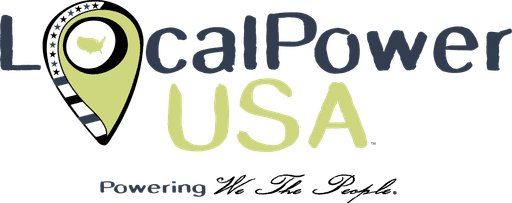Jan 12, 2025
When the grid goes down, having your own power source isn't just convenient – it's crucial. While a full home solar system with battery backup is ideal, not everyone can make that investment immediately. The good news? You can build an emergency solar system that keeps essential devices running without breaking the bank.
Let's focus on reality: during an emergency, you don't need to power your whole house. You need to keep your phones charged, perhaps run a small refrigerator, power some lights, and maybe operate critical medical devices. A well-planned small solar system can handle these needs while fitting within a modest budget.
Start with the basics: A core emergency solar setup includes:
- Portable solar panels (200-400 watts total)
- A reliable charge controller
- Deep cycle batteries (lithium or AGM)
- An inverter for AC power
- Basic wiring and safety components
Here's a practical approach to building your system in stages:
Stage 1 ($300-500): Basic Power Security
- 100W portable solar panel
- 20A charge controller
- Small lithium battery station
- DC USB adapters
This setup keeps phones, tablets, and LED lights running.
Stage 2 ($500-800): Added Capacity
- Additional 100W panel
- Larger battery bank
- 1000W pure sine wave inverter
Now you can run small appliances and more devices.
Stage 3 ($800-1200): Enhanced Reliability
- Upgrade to 400W total panel capacity
- Additional battery storage
- Better charge controller with MPPT
- Basic monitoring system
Here's what many don't realize: you can start small and expand your system as your budget allows. Each component can be selected to allow for future expansion. Just make sure your charge controller and inverter can handle the maximum capacity you plan to reach.
Critical safety considerations (don't skip these):
- Always use properly rated wires and connectors
- Install fuses or circuit breakers on all major components
- Keep batteries in ventilated areas
- Use weatherproof connections for outdoor components
- Never mix old and new batteries
- Learn basic electrical safety
Let's talk about battery choices. While lithium batteries are lighter and more efficient, they're also more expensive. AGM deep cycle batteries offer a budget-friendly starting point. Consider these factors:
- Lithium: Longer life, lighter weight, higher cost
- AGM: Lower cost, heavier, shorter lifespan
- Both work well if properly maintained
Smart budget tips:
- Buy panels during off-season sales
- Look for package deals from reputable dealers
- Join local solar groups for group buying power
- Consider quality used components for non-critical parts
- Start with a simple system and upgrade gradually
Storage and maintenance tips:
- Keep portable panels in accessible location
- Test system monthly
- Label all components clearly
- Create a simple startup checklist
- Store weather-sensitive components indoors
- Keep basic tools and spare fuses handy
Here's something often overlooked: documentation. Create a simple manual for your system that anyone in your household can follow. Include:
- System diagram
- Startup/shutdown procedures
- Component locations
- Emergency contacts
- Basic troubleshooting steps
Real-world usage strategies:
- Practice using your system before emergencies
- Know your power priorities
- Create a device charging schedule
- Use energy-efficient devices
- Have a backup plan for extended outages
Common mistakes to avoid:
- Underestimating battery needs
- Skipping safety components to save money
- Buying the cheapest available components
- Not having basic spare parts
- Forgetting to maintain the system
Remember: an emergency solar system isn't just about power – it's about independence and peace of mind. Even a modest setup can keep essential communications running and preserve food during outages. As your budget allows, you can expand the system to handle more of your needs.
When building your system, focus on reliability over capacity. A small, dependable system is far better than a larger one that fails when you need it most. Start with quality core components, learn to use them effectively, and expand thoughtfully as your needs and budget allow.
The key to budget emergency solar isn't buying the cheapest components – it's buying the right components in the right order. Build your system progressively, learn as you go, and always prioritize safety over savings. When the grid goes down, you'll be glad you invested in quality where it matters most.
When the grid goes down, having your own power source isn't just convenient – it's crucial. While a full home solar system with battery backup is ideal, not everyone can make that investment immediately. The good news? You can build an emergency solar system that keeps essential devices running without breaking the bank.
Let's focus on reality: during an emergency, you don't need to power your whole house. You need to keep your phones charged, perhaps run a small refrigerator, power some lights, and maybe operate critical medical devices. A well-planned small solar system can handle these needs while fitting within a modest budget.
Start with the basics: A core emergency solar setup includes:
- Portable solar panels (200-400 watts total)
- A reliable charge controller
- Deep cycle batteries (lithium or AGM)
- An inverter for AC power
- Basic wiring and safety components
Here's a practical approach to building your system in stages:
Stage 1 ($300-500): Basic Power Security
- 100W portable solar panel
- 20A charge controller
- Small lithium battery station
- DC USB adapters
This setup keeps phones, tablets, and LED lights running.
Stage 2 ($500-800): Added Capacity
- Additional 100W panel
- Larger battery bank
- 1000W pure sine wave inverter
Now you can run small appliances and more devices.
Stage 3 ($800-1200): Enhanced Reliability
- Upgrade to 400W total panel capacity
- Additional battery storage
- Better charge controller with MPPT
- Basic monitoring system
Here's what many don't realize: you can start small and expand your system as your budget allows. Each component can be selected to allow for future expansion. Just make sure your charge controller and inverter can handle the maximum capacity you plan to reach.
Critical safety considerations (don't skip these):
- Always use properly rated wires and connectors
- Install fuses or circuit breakers on all major components
- Keep batteries in ventilated areas
- Use weatherproof connections for outdoor components
- Never mix old and new batteries
- Learn basic electrical safety
Let's talk about battery choices. While lithium batteries are lighter and more efficient, they're also more expensive. AGM deep cycle batteries offer a budget-friendly starting point. Consider these factors:
- Lithium: Longer life, lighter weight, higher cost
- AGM: Lower cost, heavier, shorter lifespan
- Both work well if properly maintained
Smart budget tips:
- Buy panels during off-season sales
- Look for package deals from reputable dealers
- Join local solar groups for group buying power
- Consider quality used components for non-critical parts
- Start with a simple system and upgrade gradually
Storage and maintenance tips:
- Keep portable panels in accessible location
- Test system monthly
- Label all components clearly
- Create a simple startup checklist
- Store weather-sensitive components indoors
- Keep basic tools and spare fuses handy
Here's something often overlooked: documentation. Create a simple manual for your system that anyone in your household can follow. Include:
- System diagram
- Startup/shutdown procedures
- Component locations
- Emergency contacts
- Basic troubleshooting steps
Real-world usage strategies:
- Practice using your system before emergencies
- Know your power priorities
- Create a device charging schedule
- Use energy-efficient devices
- Have a backup plan for extended outages
Common mistakes to avoid:
- Underestimating battery needs
- Skipping safety components to save money
- Buying the cheapest available components
- Not having basic spare parts
- Forgetting to maintain the system
Remember: an emergency solar system isn't just about power – it's about independence and peace of mind. Even a modest setup can keep essential communications running and preserve food during outages. As your budget allows, you can expand the system to handle more of your needs.
When building your system, focus on reliability over capacity. A small, dependable system is far better than a larger one that fails when you need it most. Start with quality core components, learn to use them effectively, and expand thoughtfully as your needs and budget allow.
The key to budget emergency solar isn't buying the cheapest components – it's buying the right components in the right order. Build your system progressively, learn as you go, and always prioritize safety over savings. When the grid goes down, you'll be glad you invested in quality where it matters most.






















